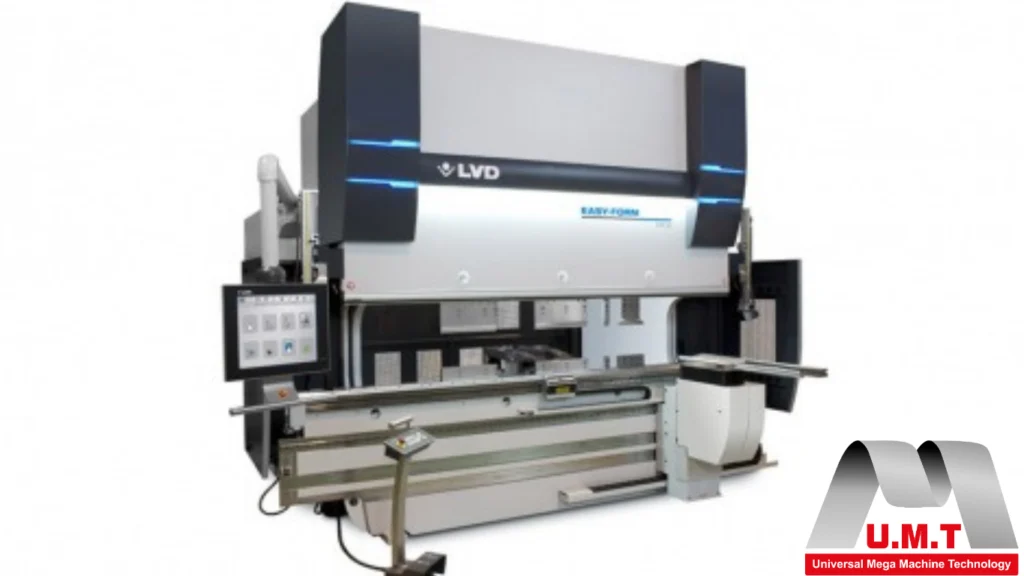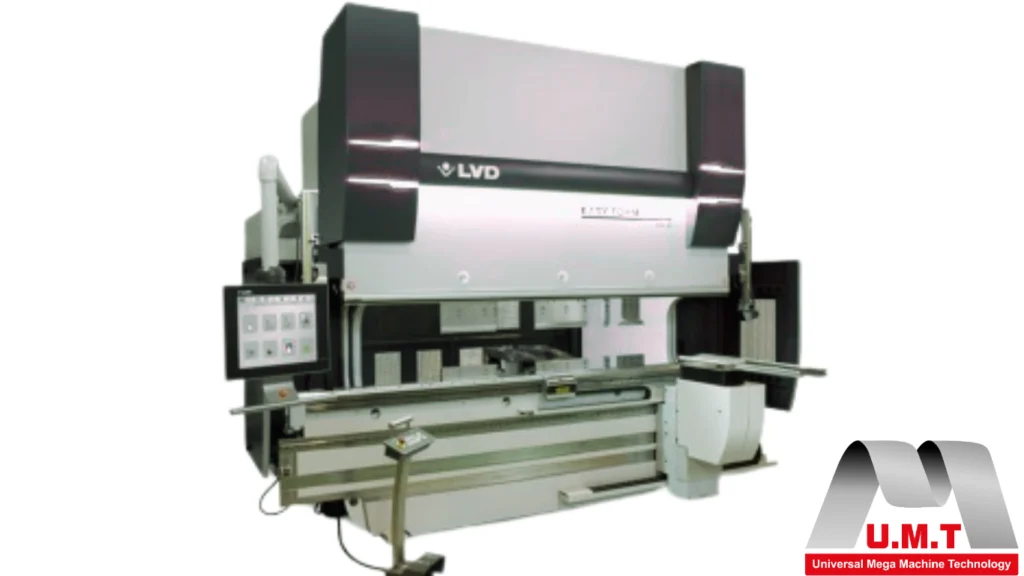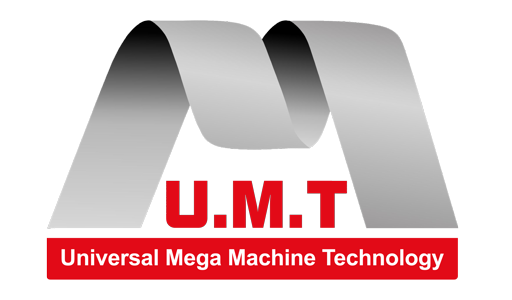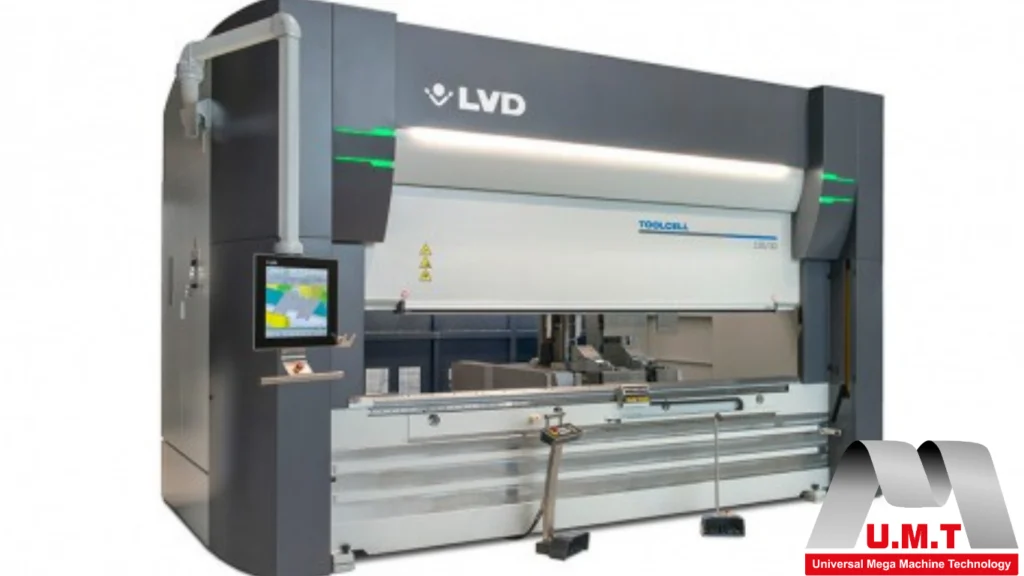LVD Press Brakes: An Informative Overview
Press brakes are essential machines in the metal fabrication industry, enabling the precise bending and shaping of sheet metal into various forms. Among the manufacturers of these indispensable tools, LVD stands out as a prominent and reputable brand. LVD press brakes are known for their advanced technology, durability, and versatility, making them a preferred choice for metalworkers worldwide. This essay provides a comprehensive overview of LVD press brakes, exploring their history, technological features, applications, and the benefits they offer to industries.
Precision and Innovation in Metal Bending
LVD (short for “Leuvense Vormingsmachines Dejardin”) has established itself as a prominent global leader in the manufacturing of high-quality press brakes. Renowned for their robust construction, advanced technology, and user-friendly interfaces, LVD press brakes are integral to metal forming operations across a wide spectrum of industries, delivering precision, reliability, and enhanced productivity.
At the heart of LVD press brakes lies a commitment to innovation and technological advancement. Their machines incorporate sophisticated CNC (Computer Numerical Control) systems that allow for precise control over bending parameters such as ram positioning, bending force, and backgauge movements. This ensures accurate and repeatable bending results, crucial for producing complex parts with tight tolerances. LVD’s proprietary software, often featuring intuitive graphical interfaces and offline programming capabilities, simplifies the programming process and optimizes bending sequences, minimizing setup times and maximizing efficiency.
A key differentiating factor of LVD press brakes is their focus on bending accuracy. Many models incorporate advanced features like their patented Easy-Form® Laser adaptive bending system. This in-process angle monitoring and correction technology measures the bend angle in real-time and automatically adjusts the ram position to achieve the desired angle from the very first bend. This eliminates trial bending, reduces material waste, and ensures consistent part quality, even with variations in material properties.
LVD offers a comprehensive range of press brake models designed to cater to diverse manufacturing needs. Their product portfolio includes:
* Hydraulic Press Brakes: These versatile machines offer high bending forces and are suitable for a wide range of applications, from general-purpose bending to complex multi-bend operations. Models like the PPEB series are known for their high precision and configurability.
* Electric Press Brakes: LVD’s electric-drive press brakes, such as the Dyna-Press series, provide fast and energy-efficient bending solutions for smaller parts. Their high bending speeds and low maintenance costs make them ideal for high-volume production.
* Automated Bending Cells: Integrating a press brake with a robotic arm, LVD’s automated bending cells like the Easy-Cell and Ulti-Form offer a complete solution for unattended bending operations, further increasing productivity and reducing manual handling.
Beyond the machinery itself, LVD also provides a wide array of high-precision press brake tooling, designed and manufactured to complement their machines and ensure optimal bending performance. This includes standard and custom punches and dies suitable for various materials and bending applications.
In conclusion, LVD press brakes represent a fusion of robust engineering, advanced technology, and user-centric design. Their commitment to precision, innovation, and comprehensive solutions has made them a trusted partner for manufacturers seeking to achieve high-quality metal bending with enhanced efficiency and reliability. Whether it’s stand-alone machines or integrated automation systems, LVD continues to push the boundaries of press brake technology, empowering businesses to meet the evolving demands of modern manufacturing.
Introduction to Press Brakes

A press brake is a machine tool designed to bend sheet metal by clamping the workpiece between a matching punch and die. Through controlled force and precision, press brakes create bends, folds, and other complex shapes necessary for various industrial applications including automotive parts, appliances, electrical enclosures, and structural components.
There are different types of press brakes, including mechanical, hydraulic, pneumatic, and servo-electric, each catering to specific needs depending on factors like production volume, precision, and energy efficiency. The evolution of press brakes is characterized by increasing automation, enhanced control systems, and improved accuracy, allowing fabricators to meet the demands for intricate designs and faster turnaround times.
LVD: Company Background and Reputation
LVD Company nv, based in Belgium, has been a leader in the design and manufacturing of sheet metalworking machinery since its foundation in 1952. Over the decades, LVD has developed a wide range of products including laser cutting machines, punching machines, shearing machines, and notably, press brakes.
LVD’s reputation rests on its commitment to innovation, quality, and customer support. The company invests heavily in research and development, integrating the most recent technological advancements into its machines to deliver superior performance. LVD press brakes are distributed globally, serving diverse sectors including construction, aerospace, automotive, and electronics.
Features and Technological Advances in LVD Press Brakes

One of the defining characteristics of LVD press brakes is the integration of cutting-edge technology designed to improve accuracy, efficiency, and ease of use.
1. CNC Control Systems
Modern LVD press brakes are equipped with advanced computer numerical control (CNC) systems. These intelligent controllers allow operators to program complex bending sequences with precision. The CNC interface is often user-friendly, featuring graphical displays and software that can simulate parts before actual production, minimizing errors and material waste.
2. Adaptive Bending Technology
LVD’s press brakes often utilize adaptive bending systems that automatically measure the resistance of the material as it is being bent and adjust the force and position accordingly. This technology compensates for variations in material thickness or distribution, ensuring consistent bend angles throughout production runs.
3. Servo-Electric and Hydraulic Systems
LVD offers both hydraulic and servo-electric press brakes. Hydraulic machines are known for their powerful force and smooth operation across a wide range of applications. On the other hand, servo-electric press brakes provide energy-efficient performance with precise positioning and rapid movements, ideal for high-volume production with minimal maintenance.
4. Safety and Ergonomics
Operator safety is a priority for LVD design engineers. LVD press brakes incorporate safety features such as light curtains, two-hand controls, and safety guards to reduce the risk of accidents. Additionally, ergonomic design improvements are implemented to reduce operator fatigue and improve workflow efficiency.
5. Tooling Flexibility
LVD
press brakes support a wide range of tooling options, enabling the formation of complex shapes and accommodating diverse material types and thicknesses. Quick-change tooling systems reduce downtime and enhance productivity.
Applications of LVD Press Brakes
LVD press brakes are versatile machines used in many industries requiring precise metal bending:
- Automotive Industry: For manufacturing components like brackets, panels, and structural supports.
- Aerospace: Creating lightweight but strong metal parts compliant with stringent specifications.
- Construction: Fabrication of metal frames, enclosures, and cladding.
- Electrical Equipment: Producing enclosures, panels, and mounting brackets.
- Appliances: Crafting shells and interior parts for consumer and industrial appliances.
The adaptability of LVD press brakes allows fabricators to handle a variety of metals including steel, aluminum, copper, and specialty alloys, broadening their range of applications.
Benefits of Using LVD Press Brakes

Choosing LVD press brakes offers manufacturers multiple advantages:
1. High Precision and Repeatability
Accurate bending is essential in fabrication, and LVD’s technologies ensure that tolerances are tightly controlled, resulting in consistent quality across long production runs.
2. Increased Productivity
Automation features such as CNC programming, adaptive bending, and quick tooling changes help reduce setup times and cycle durations, increasing overall throughput.
3. Energy Efficiency
Servo-electric models, in particular, reduce energy consumption compared to traditional hydraulic systems, lowering operational costs and supporting sustainability goals.
4. Ease of Use and Reduced Training Time
User-friendly control interfaces and comprehensive software support enable operators to program and operate machines efficiently, reducing the learning curve and minimizing errors.
5. Robustness and Longevity
LVD machines are engineered for durability, using high-quality materials and manufacturing practices that ensure a long service life under heavy industrial use.
Challenges and Considerations
While LVD press brakes offer many benefits, users should consider certain factors:
- Initial Investment: High-technology press brakes can require significant capital expenditure, which may be challenging for small businesses.
- Maintenance Requirements: Hydraulic systems, in particular, need regular upkeep to maintain peak performance.
- Training Needs: Advanced control systems, while user-friendly, still require skilled operators for programming and troubleshooting.
However, LVD provides comprehensive service and training support to help customers maximize their investment.
| Main Topic |
Description |
| General Overview |
LVD is a reputable manufacturer of advanced, durable, and versatile press brakes in metalworking. |
| Company Background |
Belgian company founded in 1952, a leader in sheet metalworking machinery. |
| CNC Technology |
Computer Numerical Control systems for precise control of ram position, force, and backgauge. |
| Adaptive Bending Tech |
Easy-Form® Laser system monitors and corrects bend angle in real time, reducing waste and errors. |
| Types of Press Brakes |
– Hydraulic: high force, versatile (e.g., PPEB series) |
Conclusion
LVD press brakes represent a pinnacle of innovation and reliability in the sheet metal bending industry. Their combination of advanced CNC controls, adaptive bending technology, flexible tooling, and ergonomic design makes them versatile machines capable of meeting the rigorous demands of modern manufacturing. For industries seeking precision, efficiency, and durability in their metal fabrication processes, LVD press brakes offer a compelling solution that helps optimize productivity and product quality. As manufacturing continues to evolve towards automation and sustainability, LVD’s commitment to technological advancement ensures that their press brakes will remain at the forefront of the market for years to come.
 A press brake is a machine tool designed to bend sheet metal by clamping the workpiece between a matching punch and die. Through controlled force and precision, press brakes create bends, folds, and other complex shapes necessary for various industrial applications including automotive parts, appliances, electrical enclosures, and structural components.
There are different types of press brakes, including mechanical, hydraulic, pneumatic, and servo-electric, each catering to specific needs depending on factors like production volume, precision, and energy efficiency. The evolution of press brakes is characterized by increasing automation, enhanced control systems, and improved accuracy, allowing fabricators to meet the demands for intricate designs and faster turnaround times.
A press brake is a machine tool designed to bend sheet metal by clamping the workpiece between a matching punch and die. Through controlled force and precision, press brakes create bends, folds, and other complex shapes necessary for various industrial applications including automotive parts, appliances, electrical enclosures, and structural components.
There are different types of press brakes, including mechanical, hydraulic, pneumatic, and servo-electric, each catering to specific needs depending on factors like production volume, precision, and energy efficiency. The evolution of press brakes is characterized by increasing automation, enhanced control systems, and improved accuracy, allowing fabricators to meet the demands for intricate designs and faster turnaround times.
 One of the defining characteristics of LVD press brakes is the integration of cutting-edge technology designed to improve accuracy, efficiency, and ease of use.
One of the defining characteristics of LVD press brakes is the integration of cutting-edge technology designed to improve accuracy, efficiency, and ease of use.
 Choosing LVD press brakes offers manufacturers multiple advantages:
Choosing LVD press brakes offers manufacturers multiple advantages:




